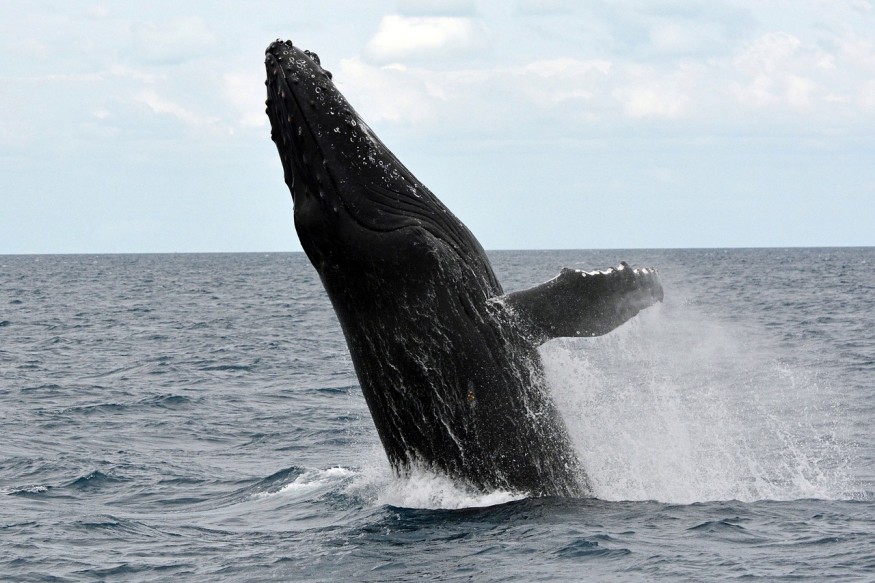A woman's trip to the beach has led to a bizarre discovery of a huge, smooth, pink, severed flesh of an unknown origin. TikTok user Afri Gregory shared a series of now-viral videos on social media about this "giant random animal part" that had washed up on the Australian shore.
"It is massive, look! That's my foot. It's like the size of my leg. Eeew. Disgusting!" Gregory exclaimed in the footage taken off the coast near Townsville in Queensland, Australia. "The strangest thing I've seen wash up," she wrote in the caption.

Scientists Unsure of the Origin of the Mysterious Massive Severed Flesh
Gregory made the "disgusting" discovery on early Saturday morning, October 15, while she was walking her dog. She shared her experience in a three-part video that has since garnered over 3 million views on video-sharing social media.
@bootscootinaf Replying to @Dave as requested guys- here is a better video. What do you think it is? #australia #northqueensland #fyp ♬ original sound - moonlight
"Probably the closest thing it looks like is an amputated leg," Gregory told ABC News. "It's quite big, probably a meter-and-a-half."
On the other hand, scientists are unsure what the giant pink flesh is. Vanessa Pirotta, a zoologist at Macquarie University, cautions the public as experts have not confirmed the origin of the dismembered flesh that measures a meter and a half.
She told Newsweek that it could be anything from a juicy component of a random marine animal, such as a shark liver. Although she also admits that based on its shape, size, and overall similarities, it looks like a whale's phallus, which might be why it caught the interest of many people.
Even scientists from the Great Barrier Reef Marine Park Authority and the Queensland Department of Environment and Science could not confirm exactly what that object was.
Dr. Pirotta said that the discovery would remain a mystery unless a physical examination were conducted. If it were a whale's phallus, younger people would use social media to learn more about whale reproduction or other juicy components of animals that might wash ashore.
Rare Sightings of Whale Phallus
Hazy glimpses of a whale's phallus would make a good hypothesis for bizarre sightings, like never-before-seen serpents in the sea, as few people are accustomed to seeing them.
Being the largest animal, blue whales (Balaenoptera musculus) also have the largest penises in the animal kingdom, with an average length of 2.5 to 3 meters (8 to 9.8 feet) long, per Science Alert. The contender for this length is the humpback whale (Megaptera novaeangliae) currently living in Queensland waters to breed.
Researchers have studied humpback whale mating organs to learn more about their mating habits. Researchers have examined the penises of humpback whales, and in their 1955 study, they reported that these cetaceans are seasonal breeders, and the length of their penis can indicate how sexually mature they are.
Meanwhile, researchers in 2002 filmed 121 hours of 630 different humpback whale pods and captured 13 instances of whale erections. They concluded that most penis extrusions occur during dominance contests, and lone males can extend themselves while singing for company.
So, perhaps the discovery on the Queensland beach could have originated from a lonely male who had the misfortune of doing his ritual near a predator like an orca. But its origin will remain a mystery until the severed flesh is examined.
RELATED ARTICLE: Terrifying Megalodon Had a Massive Penis About The Size of a Great White Shark, Expert Says
Check out more news and information on Animals in Science Times.
© 2026 ScienceTimes.com All rights reserved. Do not reproduce without permission. The window to the world of Science Times.










